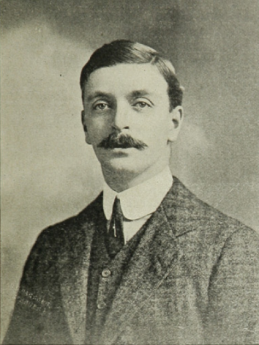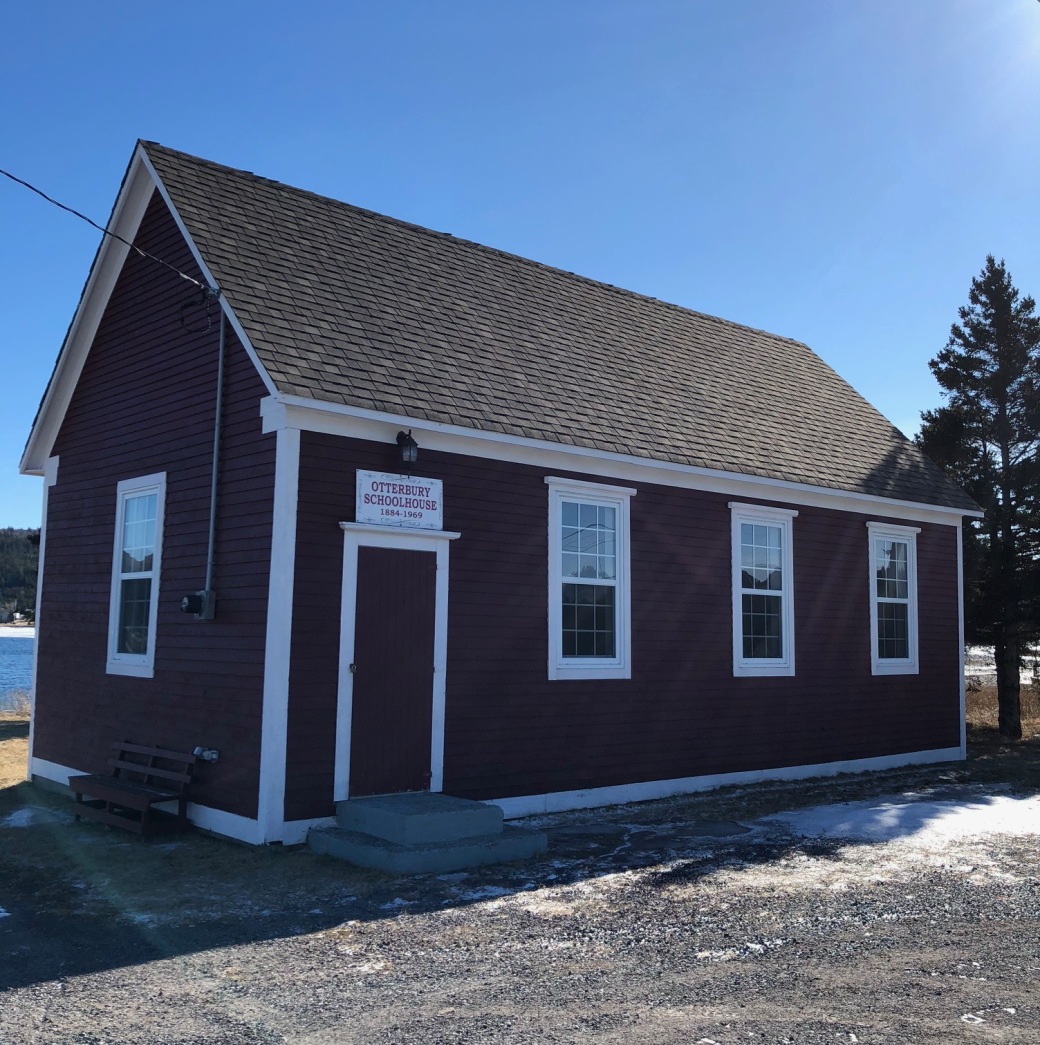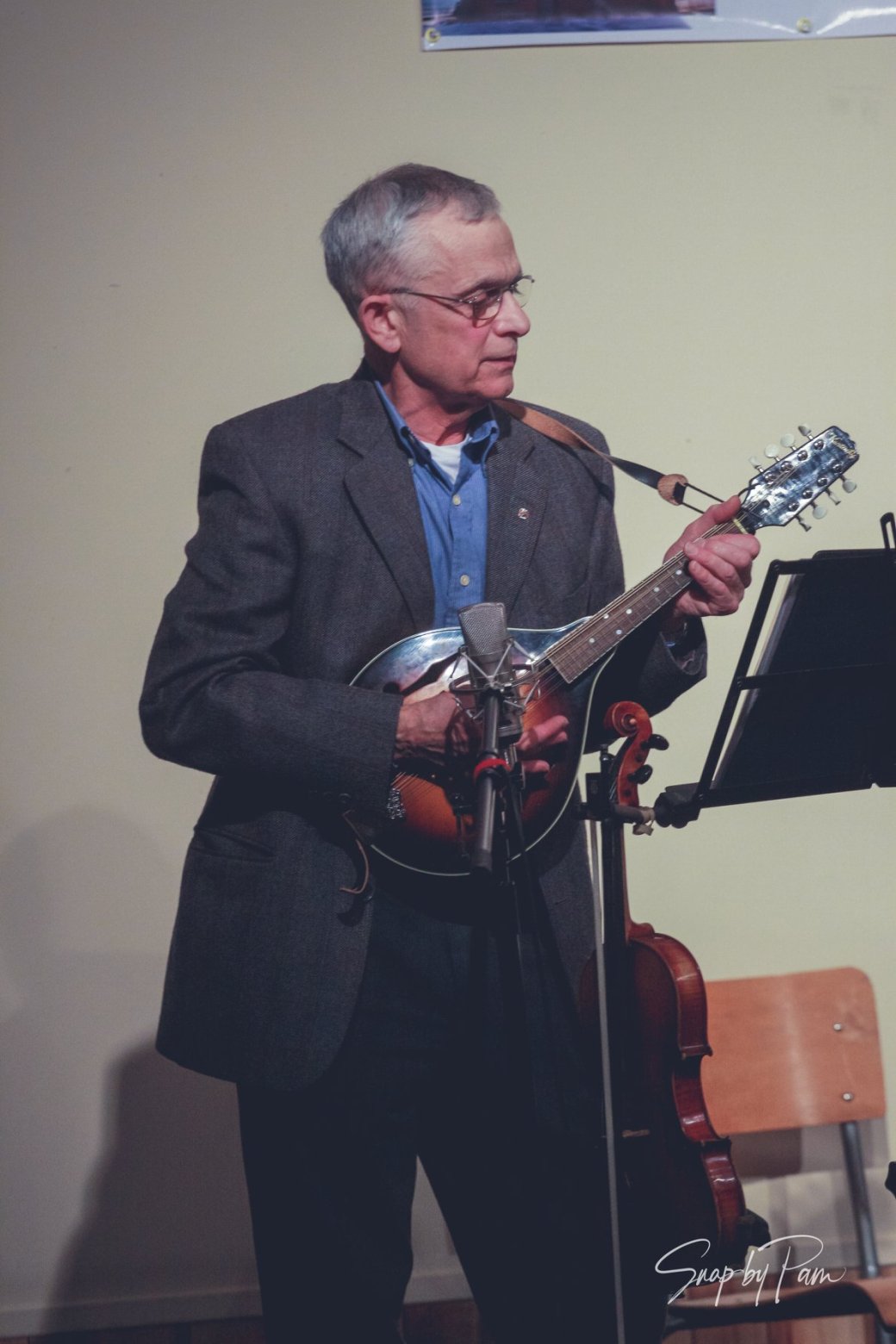
Follow the Harbour Grace Notebook series with the hashtag #hgnotebook on Facebook, Twitter and Instagram.
—
3 Feb. 1832: Association of Fishermen meet at William Innot’s hotel, the Waterford Arms, and parade with flags and banners to Bear’s Cove, then on to Samson’s Brook (often called Nichols Brook), the band playing their favourite songs the whole way. They circle back to the Waterford Arms, where refreshments are served and twenty-five speeches given. William Talbot is the chairperson, Robert Oke the vice-chair.
3 Feb. 1845: Grammar School opens in Harbour Grace. John Irving Roddick is its first headmaster. More info: Harbour Grace Grammar School, 1845-1902; Profile: John Irving Roddick, Headmaster of the Harbour Grace Grammar School.
4 Feb. 1832: The striking sealers of Harbour Grace and Carbonear post the second notice of their meeting, set for February 9, 1832. More info: Perseverance: The Sealers’ Strike in Harbour Grace & Carbonear, 1832.
4 Feb. 1834: Meeting is held to discuss the reorganization of the Mutual Marine Insurance Club of Conception Bay. More info: John Munn & Co. fonds (Maritime History Archive).
4 Feb. 1967: SS Kyle breaks from her moorings during a winter storm, eventually grounding on a mussel bank in Riverhead, Harbour Grace.
5 Feb. 1833: Rev. Thomas Ewer (Yore) dies at Harbour Grace and is (probably) buried at Bennett’s Lane Roman Catholic Cemetery, Harbour Grace.
7 Feb. 1814: Harbour Grace’s branch of the Benevolent Irish Society (BIS), an Irish fraternal, charitable organization, is formed. Though explicitly non-denominational, many of its members are Roman Catholic. Dr. William Stiring, a Protestant, is its first chairperson.
7 Feb. 1834: Meeting discussing reorganization of Mutual Marine Insurance Club of Conception Bay is adjourned. New rules and regulations are agreed. The club appoints John Fitzgerald as its new secretary.
7 Feb. 1850: In the midst of a severe winter, the Harbour Grace Methodist Church – second official Methodist church in Harbour Grace’s history – is destroyed by fire. More info: Second Methodist Church of Harbour Grace, 1822-1850.
7 Feb. 1917: Diomede Falconio, former administrator, vice chancellor and vicar general of Harbour Grace’s Roman Catholic Diocese, dies in Rome, Italy. More info: New York Times, Feb. 8, 1917.
8 Feb. 1909: Wrestler Jim Smart gives a wrestling exhibition at St. Paul’s Hall.
9 Feb. 1832: Striking sealers of Harbour Grace and Carbonear hold second meeting on Saddle Hill. Sealing masters are invited to bring copies of their agreements, so they can be made public. Harbour Grace merchant Thomas Ridley attends. More info: Perseverance: The Sealers’ Strike in Harbour Grace & Carbonear, 1832.
9 Feb. 1851: Third Harbour Grace Methodist Church opens. The building is 58 feet long and 36 feet wide, with capacity for 500 people. Its windows and galleries are designed in the Gothic style, in a manner similar to the former church. More info: Third Harbour Grace Methodist Church, 1851-1904.
10 Feb. 1904: Harbour Grace’s Methodist congregation meet at Coughlan Hall, Victoria St, to discuss building a new church after the fire on February 7, 1904. They decide to start building in the spring. More info: Facebook.

Coughlan Hall, located at the corner of Harvey St and Victoria St, ca. 1920.
13 Feb. 1843: A public meeting is held at the courthouse. The resulting resolution petitions the government to establish a public academy. Harbour Grace MHA Thomas Ridley later introduces the petition at the House of Assembly; and at the end of the session, the Grammar School Act becomes law. More info: Harbour Grace Grammar School, 1845-1902.
14 Feb. 1848: Thomas Ridley arrives home in Harbour Grace from duties at the Amalgamated Legislature in St. John’s, crossing the bay from Portugal Cove in an open boat.
14 Feb. 1862: House of Assembly tables a petition from Luke Fallon and constables of Harbour Grace. The constables request their salaries to be made equal to the force stationed in St. John’s.
16 Feb. 1852: Sons of Temperance Library opens in Harbour Grace, with Henry Trapnell as its first librarian.
18 Feb. 1832: In the early morning, at around 2:00 a.m., more than 200 striking sealers board Thomas Ridley’s ship, Perseverance, docked at Harbour Grace. They carry saws, axes and guns. In 10 minutes they cut the masts, rigging, yards and gaffs – damage estimated at £120. More info: Perseverance: The Sealers’ Strike in Harbour Grace & Carbonear, 1832.
19 Feb. 1858: Thomas Harrison Ridley, son of merchant Thomas Ridley, marries Ms. Darling in Jamaica. When the two later arrive at Harbour Grace, a grand reception is held at Ridley Hall, where arms are discharged and champagne liberally dispensed.
20 Feb. 1923: Sir Thomas Roddick, influential professor of surgery, militiaman, and MP, passes away in Montreal. More info: Facebook.
21 Feb. 1877: Archibald Munn, owner of the Harbour Grace Standard and Conception Bay Advertiser, dies at Harbour Grace. More info: Profile: Archibald Munn, 1814-1877.
24 Feb. 1918: John Shannon Munn, his daughter Elizabeth (“Betty”) Munn, and nursemaid Constance Trenchard die tragically on the SS Florizel. More info: Profile: John Shannon Munn, 1880-1918.
25 Feb. 1785: John Wesley writes to John Stretton, the latter having inquired about the whereabouts of his mentor, Laurence Coughlan. Wesley replies that Coughlan “died some years previously, utterly broken in pieces.” More info: Facebook.
27 Feb. 1880: Enrico Carfagnini, former Bishop of Harbour Grace Diocese, becomes Bishop of Gallipoli, Italy. He still tries to influence matters in Harbour Grace through Diomede Falconio, administrator, vice chancellor and vicar general of the diocese.
28 Feb. 1857: “Foley’s Fire”: six people die in the conflagration.
























































